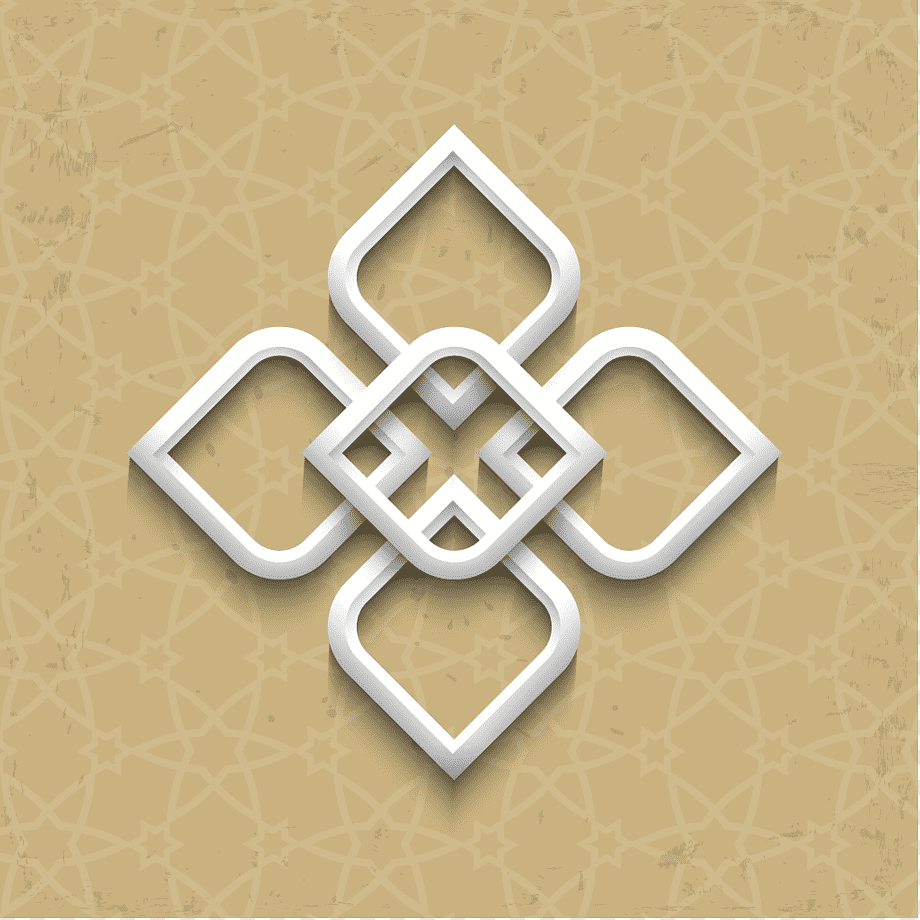
The Nazar Muslim Library, which is located in in the heart of the city, in a private sector near Waris Khan police station, Murree Road, has marked its 100th year of existence.
However, while it completed a century of serving readers on September 20, the historical, first-ever private sector library of Rawalpindi, which was known for exclusively offering newspapers and magazines to readers, also appears to have fallen into disrepair over time.
The free library was established by the wealthy Mian family of Rawalpindi on September 20, 1924. It was named after its founder, Mian Muhammad Nazar, and the name, Nazar Muslim Library, remains etched onto its gate to this day. Nazar died in the 1950s, soon after the creation of Pakistan, and his elder son, Mian Abdul Khaliq, took over the library's management, and following his death, his second son, Mian Abdul Qayyum, took over the responsibility.
The library had been a regular recipient of the country's oldest newspapers, such as Zamindar Nawai-e-Waqt, Tameer, Hurriyat, Jang, Dawn, Kohistan, Mashriq, Imrooz, Anjam, Aman and Pakistan Time. Workers of all political and religious parties from across the city, student union leaders, members of the Pakistan Movement, senior officers, and employees working in various government institutions in Saddar would come to the library to peruse the papers. Many women were also seen reading newspapers at the intellectual sanctuary. The timings of the library were from 9am to sunset.
The facilities of the library comprised of a room which was about 10 feet by 12 feet, and an open area which was slightly more than that in length but less in width. Many times, it was difficult to find any space in there to read due to it being crowded from 10am to 12pm and from Asar to Maghrib in the evening. Usually, three or four people were found reading a newspaper at the same time.
The simply furnished has a single old-fashioned ceiling fan belonging to the English Era and a sign that says "Forbidden to tear newspapers". The warning had become necessary because activists were in the habit of tearing up unwanted printed news of their political activities. The library was still seeing good days until 2000, after which it began to decline. As newspapers started to become expensive, the number of copies they kept began to decrease.
The city of Rawalpindi is known to have housed seven major historic libraries, including Municipal Corporation Library, Liaquat Bagh, Murree Road; British Library, Kamran Market, Saddar; American Center, Saddar; Ahmadiyya Library; Cantonment Library, Cantonment Office, and Parsi Library, Melsi Gate, Saddar, each of which were on the rise in popularity.
Interestingly, each of these libraries boasts a fascinating history. The Municipal Library, built in 1873, was washed away in the devastating Rawalpindi floods of 2001. After restoration, it now contains 40,000 books. The British Library was burnt down in 1979 following riots in response to the desecration of the Ka'aba. Its remains were later shifted to Islamabad. The American Centre was also eventually closed down. The Cantonment Library was built in 1891 by two Sikh brothers, Sajjan Singh and Harpal Singh.


1729137363-0/Liam-Payne-fans-(1)1729137363-0-165x106.webp)





1726722687-0/Express-Tribune-Web-(9)1726722687-0-270x192.webp)









COMMENTS
Comments are moderated and generally will be posted if they are on-topic and not abusive.
For more information, please see our Comments FAQ